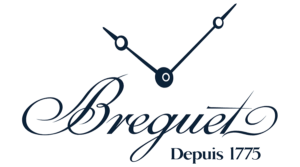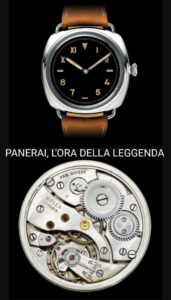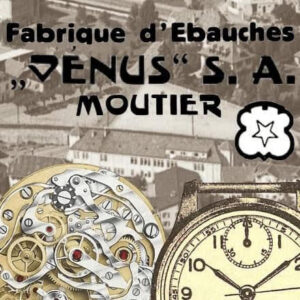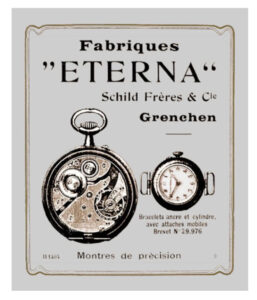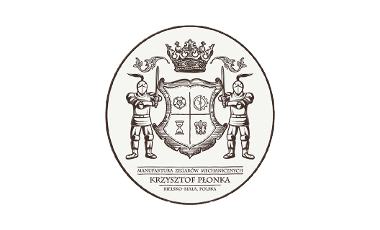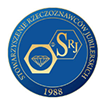PIAGET – the manufactory of luxury

Piotr Ratynski
August 3, 2023
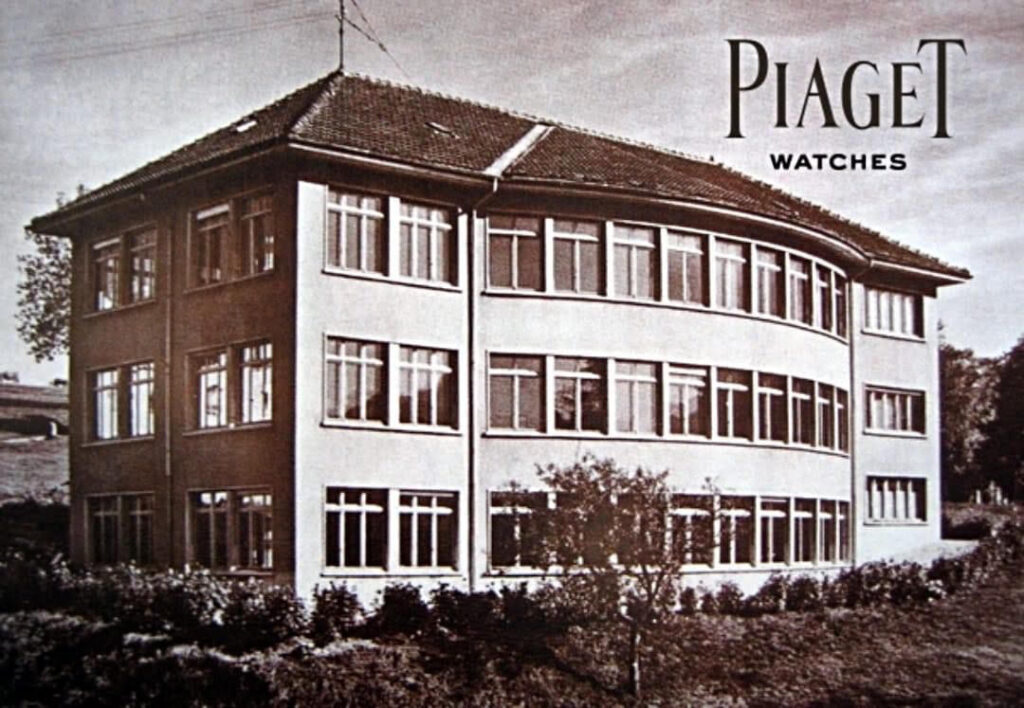
Piaget’s pioneering spirit first emerged in 1874 in a small village in the heart of Switzerland’s Jura region, a region that since the mid-19th century had become a center of micromechanical craftsmanship specializing in the assembly of watch mechanisms. In a workshop set up in his family home in La Côte-aux-Fées, 19-year-old Georges Édouard Piaget founded the company that still bears his name. Specialized in the production of precision watch movements, Piaget has supplied its high-quality mechanisms to the most prestigious watchmaking brands. Piaget’s work ethic and penchant for risk soon saw its reputation spread far beyond its native Jura. As the company grew from generation to generation, the desire to produce watches under its own brand grew. Piaget finally registered his own trademark in 1943. Since then, the brand has produced and named its own luxury watches, the beginning of an era that would transform the small family business into one of the world’s most famous watch and jewelry companies. The brand developed rapidly, first under the guidance of the founder’s grandsons, Gérald and Valentin Piaget, and later under the guidance of Yves G. Piaget. The increase in orders and capacity has been accompanied by geographic expansion far beyond the borders of Switzerland. In his new manufactory built in 1945 in La Côte-aux-Fées, Piaget dedicated himself to creating ultra-thin watch mechanisms, which was to become the defining feature of the manufactory’s identity. Thanks to his unparalleled technical expertise, Piaget became the acknowledged master of ultra-thin watches and thus made watchmaking history. In particular, the creation of two mechanisms revolutionized the watch market. In 1957, the Manufacture unveiled the famous hand-wound ultra-thin 9P movement, which is just 2mm thick. In the same year Piaget decided to develop products made exclusively of precious metals (gold and platinum). The year 1959 marked two important phases of the company’s expansion: the opening of the first Piaget boutique in Geneva, and the creation of the Piaget Watch Corporation in New York to introduce the brand to the United States. Year after year and collection after collection, Piaget’s style developed, and the scope of the company’s technical achievements grew and grew. When in 1960, Piaget unveiled the Calibre 12P, which, with a thickness of just 2.3 mm, was one of the thinnest automatic-winding mechanisms in the world, the achievement caught the attention of many connoisseurs and collectors. The achievements of the manufactory allowed new aesthetic freedom and gave the opportunity to fully express the unparalleled spirit of creative fantasy. Piaget watches have become jewels, extravagant objects set with diamonds, rubies and emeralds. Being the undisputed master of jewelry watches and ultra-thin calibers, Piaget has established a distinctive look for its products. In 1961, the brand acquired specialized workshops to control production processes as precisely as possible. In the early 1960s. watches with dials made of hard or semi-precious stones began to appear in the collection. Whether onyx, turquoise, jade or lapis lazuli, each stone carried an explosion of color. Knowledge in the field of ultra-thin mechanisms gave Piaget’s designers creative possibilities, but above all, the brand’s undisputed status as the Maison of Haute Horlogerie was confirmed. When the Piaget family joined forces with the Richemont Group in 1988, the brand was able to continue its expansion at a rapid pace, investing not only in innovation, but also in buying back old Piaget watches from collectors to create a private collection, thus creating a true history of the brand and its impact on modern watchmaking and jewelry. As a manufactory dedicated to ultra-thin watches, Piaget constantly pushed the boundaries of the impossible with both manual and automatic-winding mechanisms. An example of such virtuosity is the Piaget Emperador Coussin Automatic Minute Repeater watch, which in 2013 broke a double record for slenderness in its category: just 4.8 mm for the new 1290P caliber, despite its 407 elements, and 9.4 mm for the entire envelope. This true tour de force is the culmination of extreme technical slenderness in the ultra-thin category, mastery of component miniaturization, and exceptional design with the most absolute acoustic purity. The 1290P caliber provides sound with impressive intensity, no less than 64 decibels, for incredible clarity. The brand’s acclaimed icon, the Piaget Altiplano 38mm 900P, was the result of a specific design concept. He combined the mechanism and the envelope to become the world’s thinnest mechanical watch, at just 3.65 mm thick. This miracle of leanness was the result of three years of work and delicate adjustment of the mechanism. The jewelry version of the Piaget Altiplano 38mm 900P, with a total weight of 4.71 carats, was also the subject of a new record. With a thickness of just 5.65 mm, the watch became the thinnest Haute Joaillerie watch in the world, perfectly combining gold and diamonds in accordance with Piaget’s tradition, while adhering to the required profile and thickness limitations. To ensure future success and stay on top of his art, in 2001 Piaget inaugurated a new production in Plan-les-Ouates, near Geneva. It is in this huge ultra-modern building that the manual production of watch envelopes and gold bracelets, casing, jewel setting, finishing, creation and research and development of new watches takes place, along with one of the largest Haute Joaillerie workshops in Geneva. As for activities more specifically related to watchmaking, such as research and development, production, decoration, assembly and adjustment of mechanisms, these remain the exclusive domain of the watch manufactory in La Côte-aux-Fées. It is also in this historic headquarters building that the assembly and preparation of all the most complex parts takes place. This ingenious combination of two manufactures makes it possible to produce watches that are entirely designed, manufactured, decorated and assembled by Piaget. Over the past decade, Piaget has created a number of mechanisms, including some very impressive complications: the Caliber 600P, the world’s thinnest tourbillon; the Caliber 608P, a spectacular relative tourbillon mechanism; the renowned Caliber 880P, a Fly-Back chronograph mechanism with dual time zones; and the Caliber 1290P, the world’s thinnest Minute Repeater automatic tension mechanism (only 4.8 mm thick). Piaget, having the dual personality of watchmaker and jeweler, assiduously develops these two of his areas of expertise, which he combines under a signature already widely known in the luxury world.
Similar Articles

Contact
Association for the Promotion and Development of Watchmaking
KRS 0000693567

It’s All About Watches Watch Fair © 2023. Do not attempt to Copy. | Privacy Policy | Design and Development: Wiseboost

